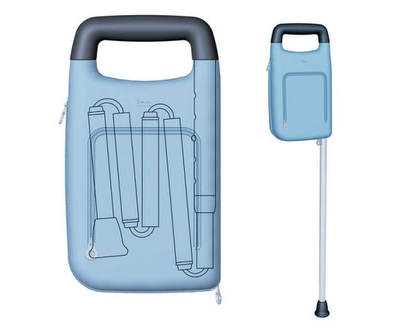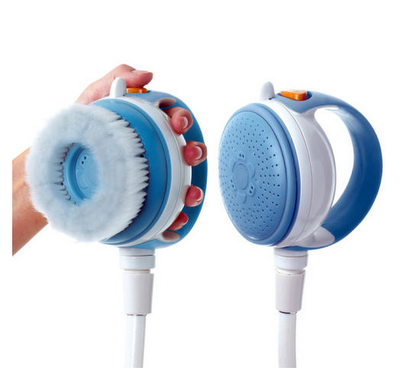If you’re new here, you may want to subscribe to my RSS feed to receive the latest Architectradure’s articles in your reader or via email. Thanks for visiting!
I found a guide to evaluate the universal design performance of products.
Evaluating the Universal Design Performance of Products, EUDPP, Molly Story, James Mueller, and M. Montoya-Weiss, 2002 from the Center for Universal Design.
Their definition of universal design
Universal design is the design of all products and environments to be usable by everyone regardless of age, ability or situation. Achieving usability by people of all ages, abilities, and situations is very difficult, but it is a goal well worth striving for. As universal design performance is increased, so are usability, safety and marketability for all users.
In sum, the 6 principles of universal design are:
1. Equitable Use
2. Flexibility in Use
3. Simple and Intuitive Use
4. Perceptible Information
5. Tolerance for Error
6. Low Physical Effort
7. Size and Space for Approach and Use
The Universal Design Performance Measures are not intended to be used as a “scoring” device, nor as a substitute for real-world testing by individuals with personal experience of aging or disability. Product developers with some knowledge of the issues involved in aging and disability will find this tool helpful in:
• Evaluating product usability throughout its life cycle: packaging, instructions, set-up, use, maintenance, and disposal;
• Developing product testing and focus group methodologies for use with individuals of diverse ages and abilities;
• Promoting the universal design features of products to potential customers;
• Identifying universal design features of products for design competitions and award programs.


